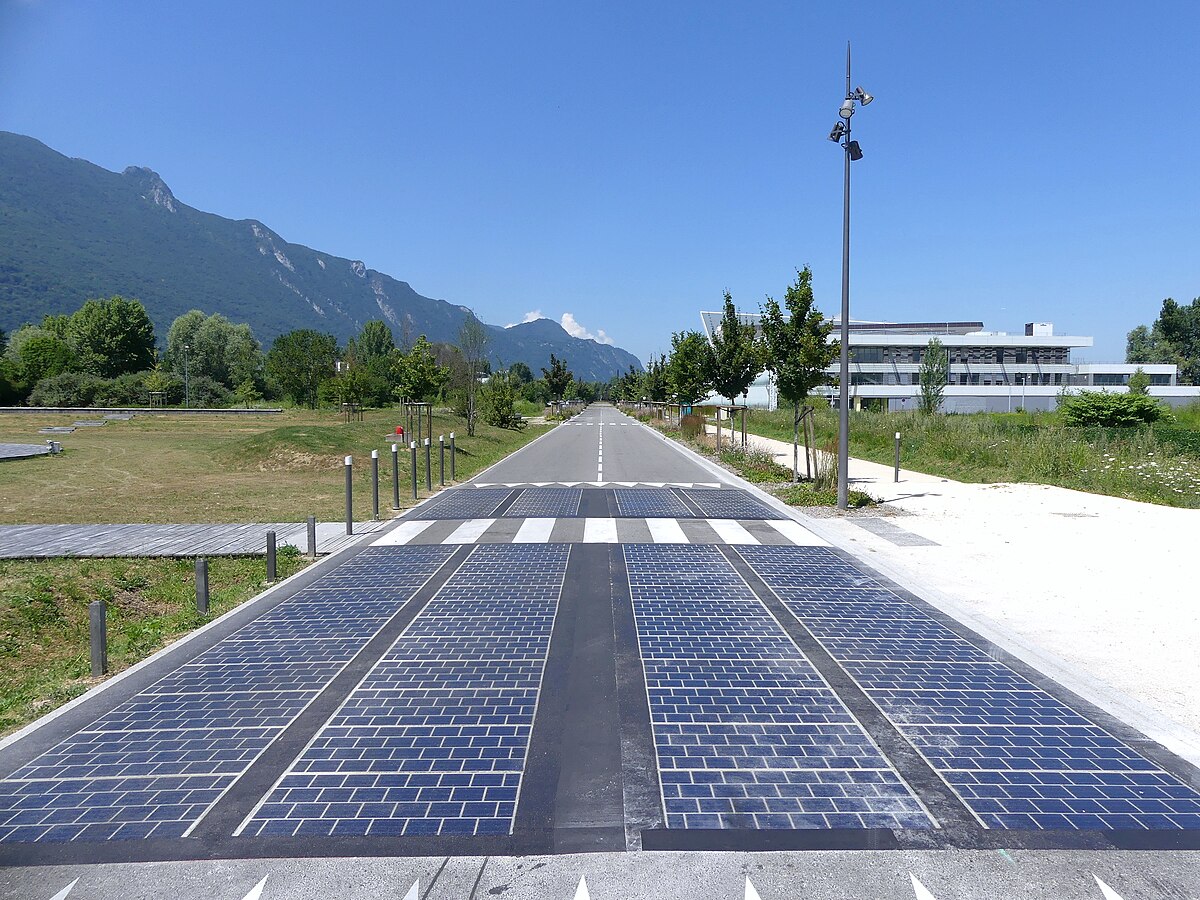Solar-Absorbing Pavements: Harnessing Asphalt’s Potential for Energy Generation
October 31, 2024
Urban infrastructure can serve as a sustainable energy source as much as a basis for transport. As an innovative solution, solar-absorbing pavements turns conventional asphalt into an energy generating tool. Societies have the chance to lower energy costs, lessen environmental impact, and increase efficiency by turning highways into solar power networks.
A Fresh Viewpoint on Pavement
Conventional asphalt surfaces absorb and retain heat, which helps to create the phenomenon of urban heat islands, which are a driving force behind increased city temperatures. Using photovoltaic components or thermoelectric devices, solar-absorbing pavements take advantage of this ability. As asphalt surfaces become active energy producers capable of producing electricity to run streetlights, buildings, or electric car charging stations, they become more than just a passive heat trap.
The Mechanism of Solar-Absorbing Pavements
Both thermoelectric components or embedded photovoltaic cells allow solar-absorbing pavements to gather and transform sunlight into electricity. One method includes solar cells buried in the asphalt, acting like solar panels but made to withstand environmental conditions and heavy traffic. Using thermoelectric materials—which make use of their inherent heat absorption throughout the day—also turns the heat absorbed by asphalt into energy.
The Advantages of Solar-Absorbing Pavements
Communities benefit from solar-absorbing pavements in many different ways. For instance, turning trapped heat into electricity instead of allowing it raise ambient temperatures, the power grid is relieved of some of its pressure to cool the surrounding structures, which reduces cost.
An especially efficient use of urban space is accomplished by producing renewable energy using existing infrastructure. Roads and parking lots occupy significant real estate; using these spaces for power generation removes competition for property without compromising urban utility. Furthermore, by producing energy locally, these pavements help to ensure the reliability of the power supply, particularly in the event of high demand for electricity.
Initial Applications and Future Effects
Solar-absorbing pavements have been found effective in pilot projects in the Netherlands, France, and the United States. These projects have shown that, under everyday use, urban surfaces can produce significant volumes of energy. The efficiency and cost-effectiveness of solar-absorbing pavements should rise as technology develops, encouraging wider acceptance.
Widespread implementation could significantly change urban energy patterns. Roads, highways, and public areas producing renewable energy can help to build more self-sufficient communities, lowering reliance on fossil fuels and improving the surrounding environment.
Obstacles to Overcome
Solar-absorbing pavements present problems despite their promise. Advanced materials and sophisticated installation techniques require the initial installation cost to be higher compared to conventional asphalt. Another issue is durability; pavements have to withstand constant use, large loads, and shifting conditions while preserving energy economy… all without increased maintenance.
Integration into current infrastructure creates logistical challenges as well. Systems must be built to gather, store, and distribute the energy generated if these pavements are to prove to be helpful to the power grid. Dealing with these issues will depend mostly on cooperation among municipalities, developers, and energy companies.
The Way Forward
Aside from pavement applications, incorporating solar-absorbing pavements into city buildings offers a proactive method of sustainability. As long as technology keeps developing, the financial and logistical obstacles are likely to continue to go down, which will open this creative approach to a wider audience. Solar-absorbing pavements provide a helpful and efficient step forward as communities aim for efficiency and sustainable development, transforming daily surfaces into powerful tools in the battle against climate change.
Future projects should seriously consider solar-absorbing pavements if there is a desire to promote sustainable infrastructure. City designers, developers, and legislators will need to start investing in these systems to help urban areas develop spaces that not only benefit the residents but also actively support environmental health and energy stability.


